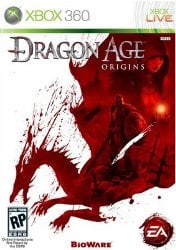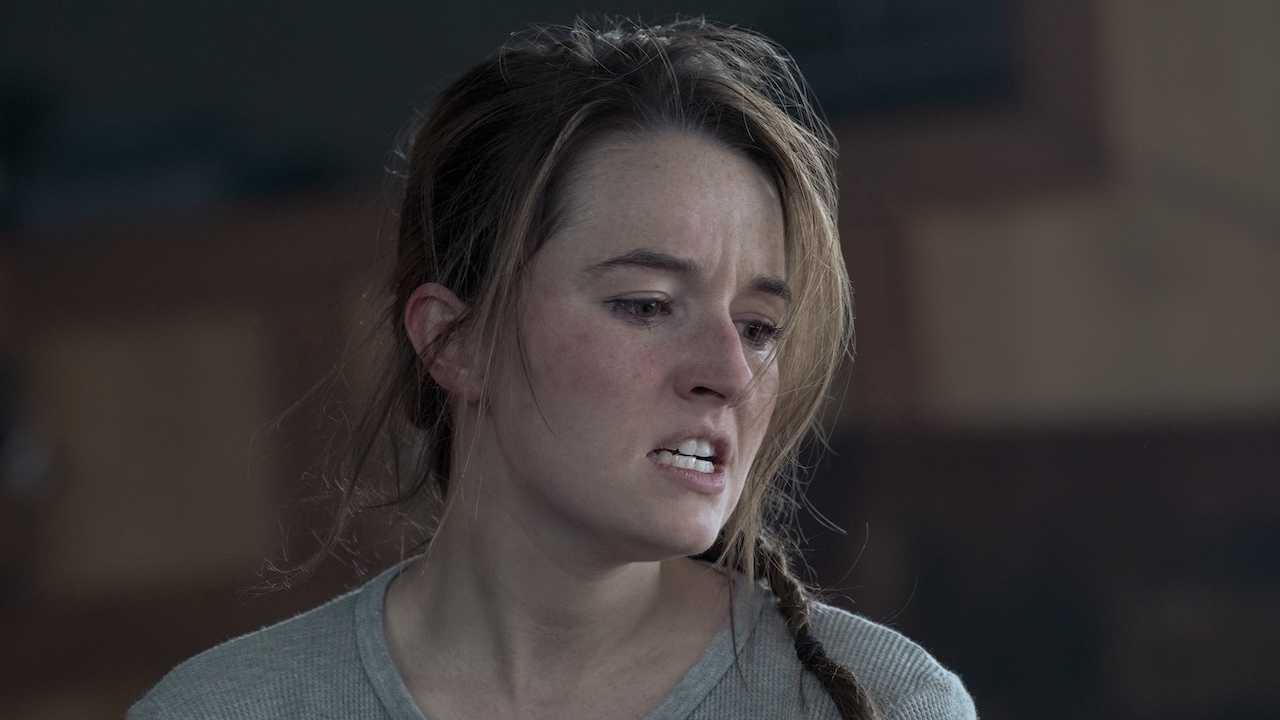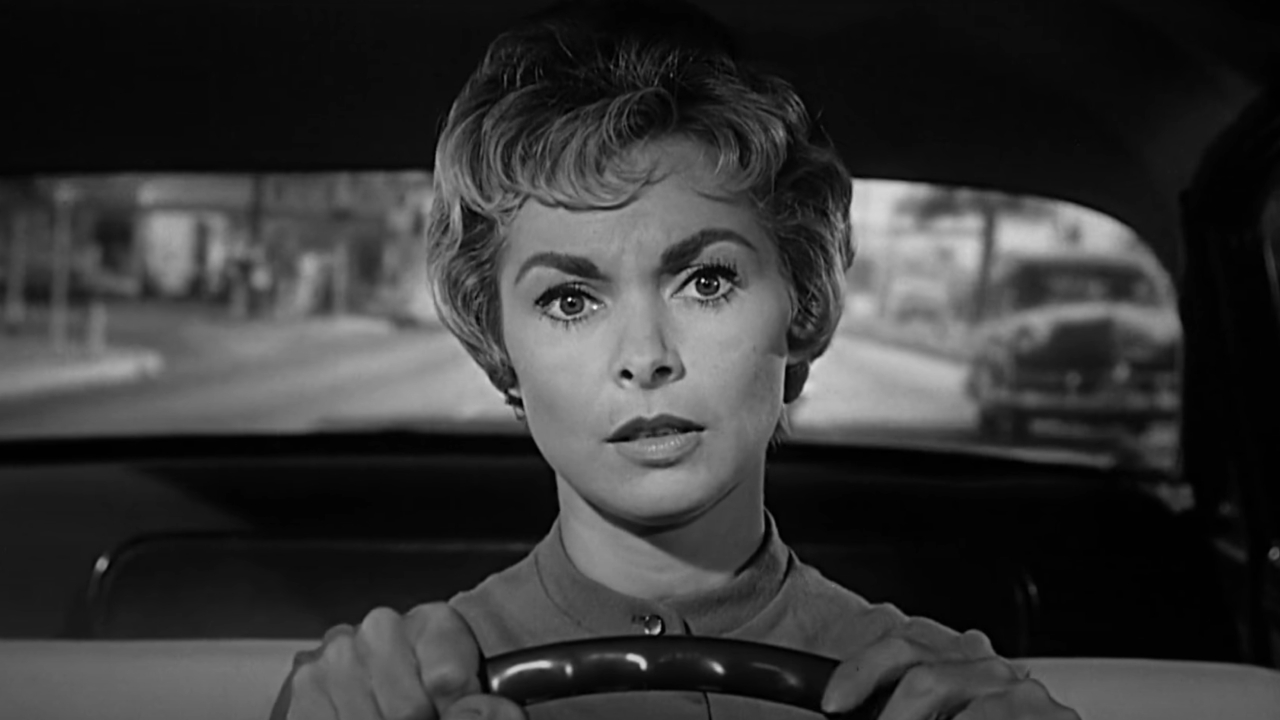
BioWare first made its mark on the RPG genre with Baldur's Gate, a Dungeons & Dragons-licensed PC RPG released in 1998. Two full games and expansions later, they concluded the series but now it seems they're getting nostalgic. They claim their Dragon Age: Origins is a spiritual successor to BG and it's a valid assertion. It's not always a good thing for a game to have some honored ancestor to live up to, though.
Though Dragon Age: Origins does not use the Dungeons & Dragons license, there's still plenty of dungeons and dragons. It's a medieval fantasy game with the usual trappings: elves, dwarves, mages, etc. BioWare doesn't endeavor to play with these genre conventions too much, either. Elves are still nature-loving, mystical people and dwarves are ale-loving, gruff folk who live in underground cities. Sure, the elves are basically homeless and the dwarves have American accents but Dragon Age's setting is on the whole very traditional. The game's marketing pegs it as "dark" fantasy but D&D can be just as bleak or violent. I mean Baldur's Gate 2 had Illithids, subterranean squid-people who enslaved men with psychic powers and ate their brains. DA:O can be disturbing in its own ways but the point is, the game isn't a clear break from BioWare's previous fantasy efforts. It wouldn't surprise me at all if this game was originally supposed to be Baldur's Gate 3.
The game's visuals have an old familiar feel to them, as well. Valid complaints could be leveled at the somewhat bland textures of the environment or occasional visual glitches (more common in console versions, I'm told) but the real disappoint with the game's appearance is the art design. You go into a fantasy game expecting to be amazed or surprised but there's very little fascinating about the way this world looks. Expect to spend a lot of time in pine forests, stone caves, and cottage-filled villages. One of the few exceptions is the massive tower that the Circle of Mages is based in, but even that only looks good from the outside. The inside of the tower looks like a concrete bunker. It's a big disappointment when compared with Mass Effect's polished visuals and gorgeous set-pieces.
The boilerplate nature of the setting is puzzling because the game's clearly got good writers. Dragon Age is saturated with story. The libraries of Ferelden are filled with books of history and mythology and most of the characters, even lowly shopkeepers, have backstories to be discovered. Your NPC companions are all vivid, distinct personalities and you'll spend hours conversing with them in an effort to learn their history. What separates DA:O from other BioWare games, though, is that here a huge amount of energy has been devoted to your character's distinct story.
After choosing a race (human, elf, dwarf) and class (warrior, rogue, mage) at the character creation screen, you're prompted to select an origin story. Origin stories are essentially your character's background up until the game starts. There are six in total, and the selection is restricted by your class and race. For example, a dwarf must choose either the Dwarf Commoner or Dwarf Noble origin. There's a reason there's so few choices for origin stories - each comes with about two hours of unique content. A Dwarf Commoner begins the game on the streets of Orzammar while the Human Noble starts out in his family's estate. From there, you do quests that fit your character's normal day-to-day life. Each of these stories end with you joining the Grey Wardens, an order of warriors who oppose the evil horde of monsters known as the Darkspawn. The origin story results in slightly different dialogue options throughout the game and conflicts set in motion during your origin sequence will be revisited later in the campaign. While I doubt many people will play the entirety of DA:O six times, it's easy to imagine players trying out all of the origin story sequences.
I'd be shocked if many people play the game more than once, honestly. It's huge even by BioWare standards. The main campaign by itself will take dozens of hours, but if you're an RPG fan you're most likely not going to stick to just the story missions. Every place you visit throughout the campaign is worth exploring because they contain various side quests and hidden treasures. You'll head to a town to complete a story mission and end up running into three people who need help on the way there.
Admittedly, there's a decent amount of filler tasks, like killing bears in the woods or delivering letters of condolences to three war widows. There's no real depth to them and they only serve as a means to balance the game, ensuring that there are opportunities for you to earn extra experience points and gold should you feel like you're underprepared for the next story mission. There are also a lot of quests that live up to BioWare's usual standards of quality, though. These are the tasks which may seem like simple errands at first but turn out to be much more thorny. One example: a mother asks you to find her son outside of town. You locate him but he's become mad because he ingested the darkspawn's tainted blood. The dilemma becomes: do you tell his mother that he died an honorable death or do you tell the truth even though it's painful? The game often tests you, and your relationship with your companions, with these moral issues.
CINEMABLEND NEWSLETTER
Your Daily Blend of Entertainment News
Your companions, each possessing a different set of values, will often give you their opinion on situations and try to sway you one way or the other. Agreeing with them will generally make you like them more. Keeping the various personalities in your party in check is essential not only to keep the peace but because the more each party member likes you, the more they'll reveal to you about their background. Ultimately this culminates in a special quest where your party member asks you to help them with some dire personal problem, like defeating an old rival.
Eventually you'll recruit about nine NPC's to accompany you, three of which can be in your party (along with the main character) at any given time. The primary challenge of the game is to command all four characters in real-time combat. From what I've heard of the PC version, you can pull the camera out to a bird's eye view during combat, mirroring the isometric view of Baldur's Gate. However, with the PS3/360 versions you're constrained to a third-person perspective, which makes assessing the battlefield a bit trickier. I suppose BioWare figured that console gamers would prefer to control characters directly with the analog stick rather than choosing movement commands with a mouse-like cursor. The console versions also let you assign abilities/items to the face buttons, to give combat a slight action game feel. There's even a "quick heal" skill that allows you to use a random health item in your bag with the click of a button, eliminating the need to bind different types of these items to your gamepad buttons.
Though accomodations are made for console gamers, this is clearly a game that was designed first and foremost for the PC. It's understandable because this is, again, the spiritual successor to a PC game, but it means that the game is a bit awkward on the console. While all versions of the game allow you to pause mid-combat to issue orders, the absence of "click to move" controls for the console editions means that you can't queue up movements. Being unable to click on your target, you'll have to rotate through through possible targets with your left analog stick. Considering the large amount of enemies that will be tossed at you in some cases, cycling through them is a bit tiresome.
Then there's the user interface, which is a complete pain to navigate with a controller because it uses several menus within menus. Let's say you find a new one-handed sword and want to equip it. To scroll between your Journal, Map, Inventory, and so forth, you'll need to use left and right trigger. When you're in the Inventory screen, you need to switch between characters with the shoulder buttons. Once you've found the character you want to re-equip, you need to flip between various equipment category tabs (there's three for equippable items - Weapons, Armor, and Accessories) by pressing your analog stick sideways until you're at Weapons. Then you press the analog stick down to find the new sword. Because it's a one-handed weapon, you'll then need to specify which hand you want to equip it with by pressing X or Y. Needless to say, it's a hell of a lot more complicated than simply clicking and dragging items with a mouse pointer.
Even if you happen to get the PS3/Xbox 360 versions, you'll learn to deal with the quirks of the controls. The PC version of the game might be superior but if you've got no basis of comparison, you'll like the console editions just fine. Fans of the RPG genre often tolerate awkward combat mechanics or UI's because in the end, the story is what's most important. Story's exactly what Dragon Age: Origins has in spades. Underneath the vanilla fantasy exterior of Dragon Age: Origins is a long, satisfying adventure.
Players: 1 Player
Platform(s): Xbox 360 (reviewed), PS3, PC
Developer: BioWare
Publisher: Electronic Arts
ESRB: Mature
Rating:

Staff Writer at CinemaBlend.











